We romanticize pirates because they represent a thrilling escape from conventional norms, embodying notions of freedom and adventure.
Amidst the vast Caribbean waters in 1717, Blackbeard’s Queen Anne’s Revenge clashed with Charles Vane’s Revenge. Cannonballs thundered through the air as cutlasses clashed under the scorching sun. Amidst the chaos, Blackbeard’s smoldering beard added to his fearsome aura. In the end, Blackbeard emerged victorious, etching his name into the timeless annals of piracy. His life, shrouded in adventure, mystery and rebellion, has been immortalized in literature, film, and folklore.
He is just one of the many, often nameless outlaws of the high seas. Yet why do we continue to romanticize these often brutal and lawless individuals, ignoring the stark realities of their existence?
The Golden Age Of Piracy: Shaping The Romantic Image
The romanticized image of pirates we hold today can be traced back to the Golden Age of Piracy in the late 17th and early 18th centuries. This era, characterized by daring sea raids, hidden treasures, and iconic figures like Blackbeard and Calico Jack, laid the foundation for our enduring fascination with pirates.
During this period, pirates roamed the seas, defying authority and plundering ships with audacious flair. Their exploits, though marred by violence and crime, took on an air of legend. Stories of their escapades and treasure hunts captured the public’s imagination, establishing the template for the swashbuckling pirate archetype we cherish today.
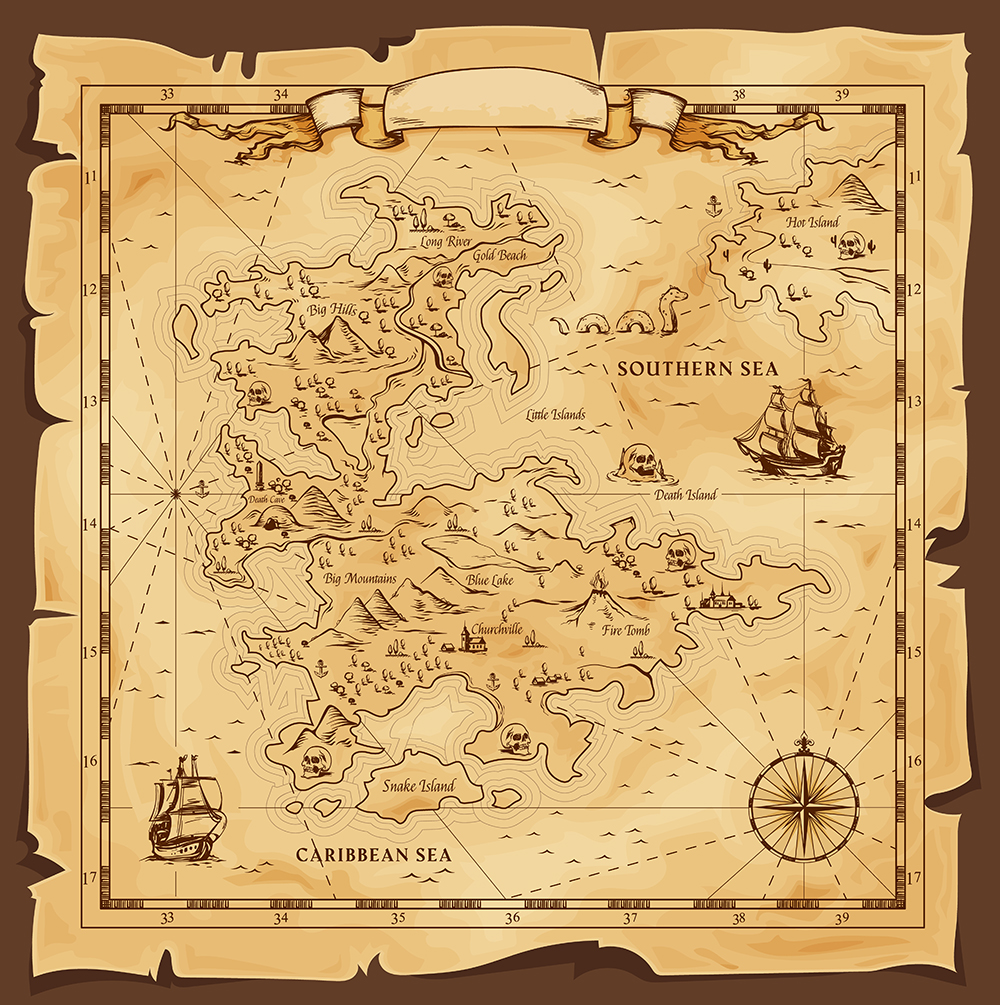
Piracy, both literal and allegorical, was deeply intertwined with English commercial institutions and served as a critique of licensed commerce. Authors in the 18th century started using the figure of the pirate as an anti-hero, misunderstood by a society in which he did not fit, and an economic system outrightly pitted against his kind.
The pirate, instead of a gruesome villain, became the object of fascination and a metaphor for harsh and cruel economic realities, emphasizing the role of outlaw forces in challenging dominant power structures. Both Daniel Defoe’s Robinson Crusoe and Robert Louis Stevenson’s Treasure Island used pirates to show a sense of economic and social rebellion, as well as fearless individuality.
Also Read: Why Do We Love Vampires So Much?
A Sense Of Freedom And Adventure
One of the primary reasons behind our romanticization of pirates is the sense of freedom and adventure they represent. Pirates symbolize a rebellion against societal norms and constraints, offering an enticing escape from the mundanity of everyday life. Their lives were a stark departure from the expected, filled with unpredictability and excitement.
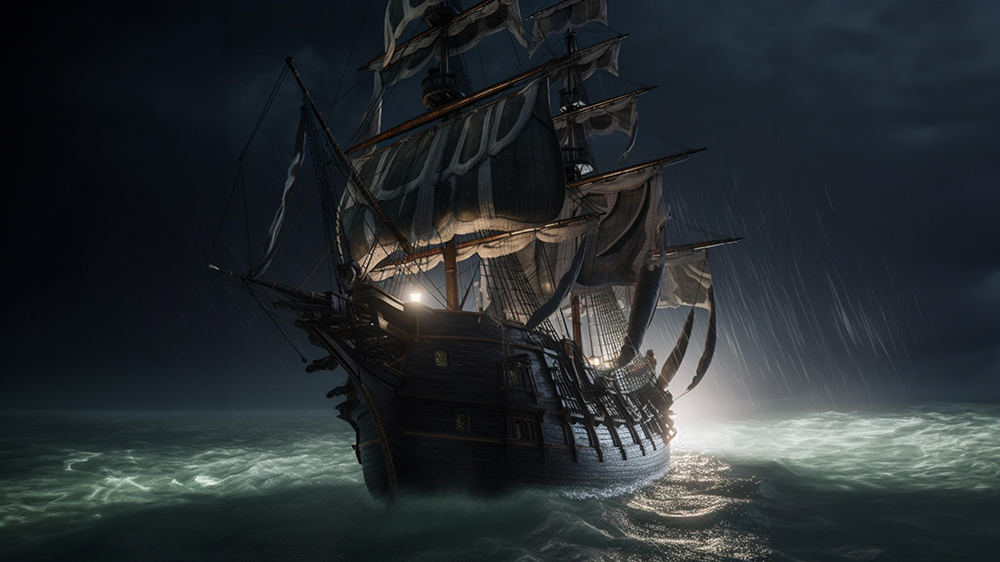
The allure of a pirate’s life lies in the promise of boundless horizons and the thrill of the unknown. They are portrayed as individuals who cast off the shackles of convention, embracing the open sea as their domain. This perception resonates with those who yearn for an existence free from the constraints of society, where every day brings the possibility of a new and daring adventure.
In our romanticized version of pirate life, we tend to focus on the fantastical elements, conveniently overlooking the harsh and brutal realities they faced. The media has played a significant role in perpetuating this fantasy. Iconic characters like Jack Sparrow from the “Pirates of the Caribbean” franchise and Long John Silver from “Treasure Island” epitomize the charming and witty pirate who defies authority.
These fictional pirates are larger than life, characterized by their quick wit, roguish charm, and unyielding spirit. They are adventurers who seem to revel in the chaos and unpredictability of their own lives. While they engage in acts of piracy, they are often portrayed as having a code of honor that sets them apart from common criminals.
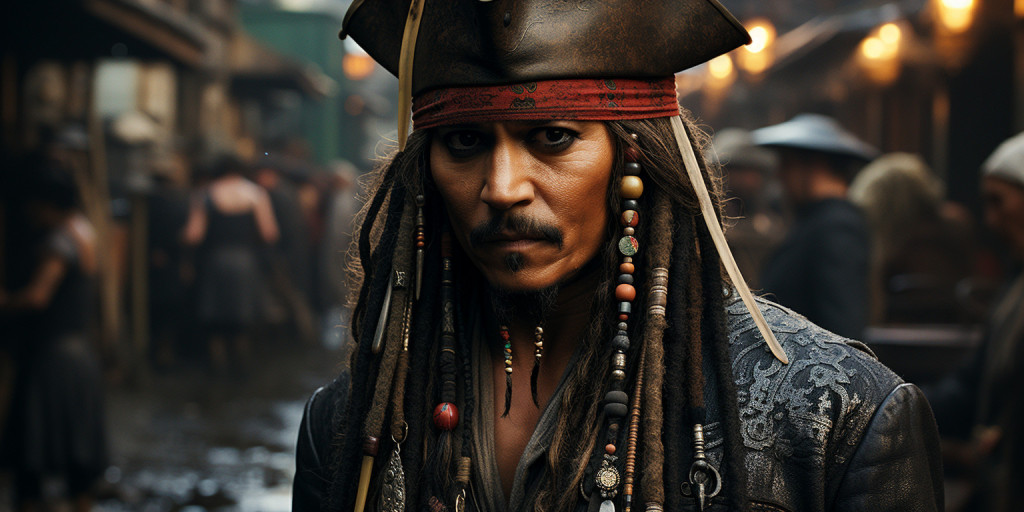
Also Read: What Is The Grim Reaper?
Embodying Individualism And Non-Conformity
Pirates are often depicted as individuals who operate by their own rules, challenging established power structures and living on the fringes of society. This spirit of individualism and non-conformity resonates with those who value personal freedom and autonomy. Pirates, in their fictionalized form, become symbols of defying authority.
The appeal of pirates lies in their rejection of societal norms and their willingness to chart their own course, regardless of the consequences. They are seen as renegades who answer to no one but themselves, embodying a spirit of rebellion that captivates our imagination.
Iconic Imagery And Symbolism
The visual aesthetics associated with pirates, such as the Jolly Roger flag, pirate ships, and their distinctive attire, have become iconic symbols in popular culture. These symbols, coupled with the promise of adventure, contribute to our collective and enduring fascination with pirate life. The mere sight of a skull and crossbones invokes a sense of excitement and rebellion (and perhaps a hidden treasure, enough so you’d never have to work again!).
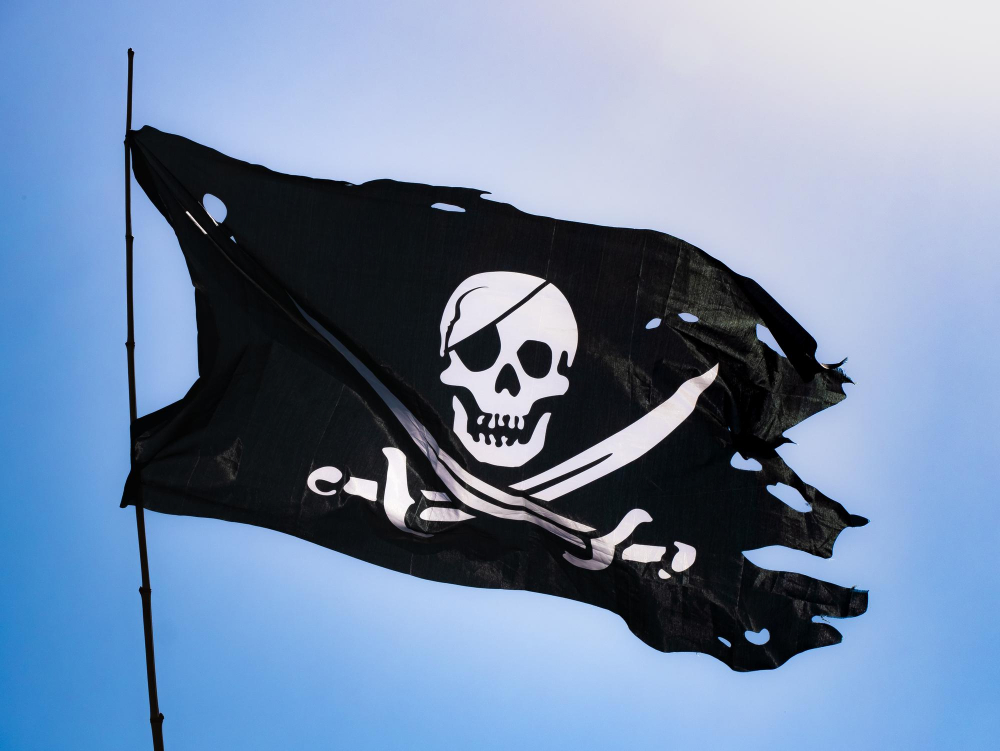
The Jolly Roger, with its stark black flag adorned with white skull and crossbones, is emblematic of piracy. It represents a warning to those who encounter it—a symbol of danger and defiance. Pirate ships, with their billowing sails and menacing cannons, are vessels of both terror and adventure. The attire of pirates, complete with tricorn hats and eye patches, adds to their distinctive and memorable image.
Through common symbols like these, pirate stories blend mythologized historical memory with fictionalized tales, creating a potent cocktail of adventure and romance. These theatrical depictions often aggrandize the sea thieves, portraying them as charismatic heroes of the high seas. Pirate stories offer an escape from the gray drudgery of daily office life. The legends of pirates are often intertwined with real historical events and figures, which further blurs the line between fact and fiction. Stories of buried treasure, treacherous sea battles, and daring rescues fuel our fascination with pirates.
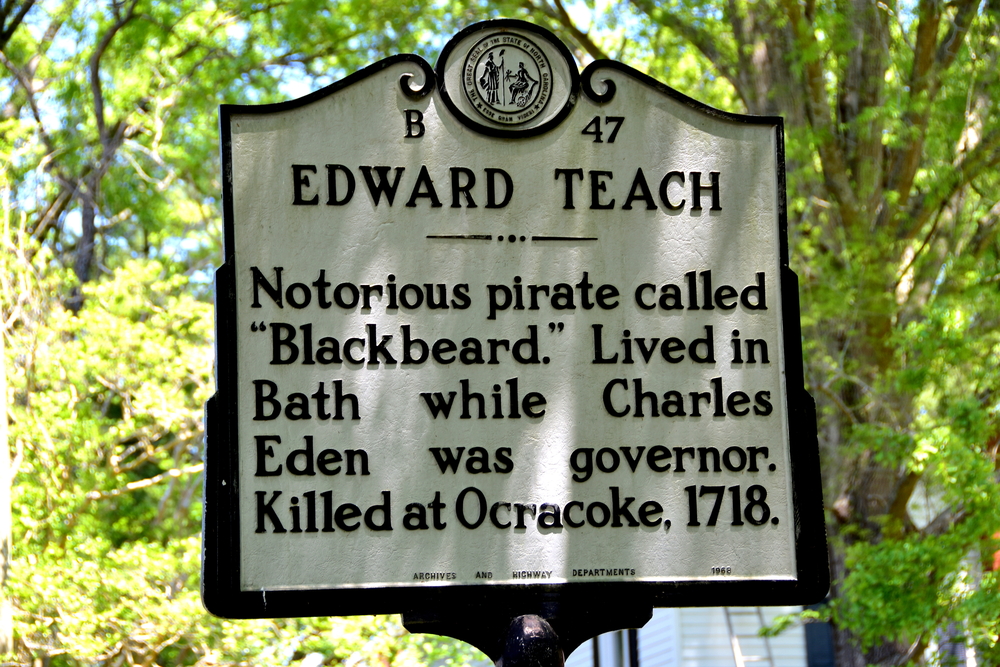
Conclusion
While we acknowledge the disparity between the romanticized pirate portrayal and their harsh reality, we willingly suspend our disbelief. Historical pirates weren’t the gallant adventurers with slightly skewed morals depicted in tales. Their deeds encompassed brutal violence, including shootings, stabbings, and torture. Acts of rape, pillaging, and murder, both on land and sea, were commonplace in the realm of real-life pirates.
This disparity between our fascinating fantasy and the grim truth raises intriguing questions about storytelling’s enduring impact and our yearning for escapism. Pirates, as we envision them, persistently sail the tumultuous seas of our cultural imagination, forever instilling a sense of awe and rebellion, despite the historical reality of the “pirate life.”
How well do you understand the article above!

